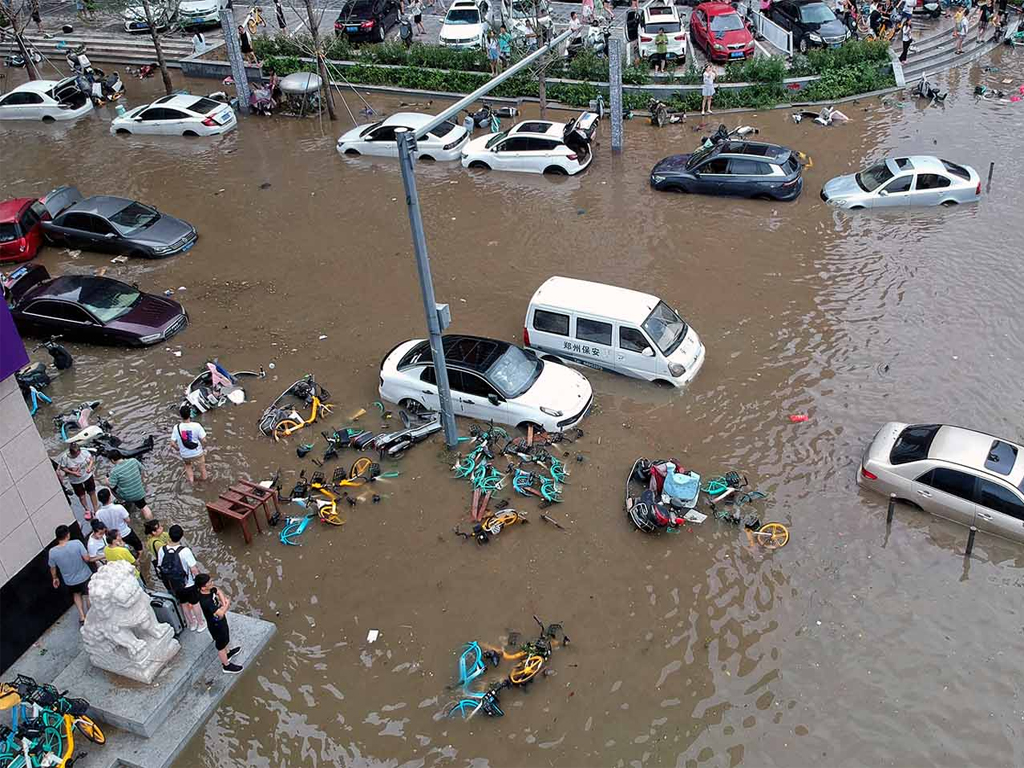
Flash Flood what this term means in disasters
The Dangerousness of Flash Floods
There are events that often accompany drastic accidents, disasters that often also cost the lives of the people involved in them.In this case we have to talk about how cloudbursts can create what are called Flash Floods. These are in fact very specific floods, which can also occur in areas that have already experienced several floods over a period of several days.
But what exactly does ‘Flash’ mean in this sense?
A Flash Flood is a disaster that is difficult to predict and prevent, unless there are already measures in place specifically to combat such a flood. Flash Floods also occur due to hydrogeological causes.
So what does this problem consist of?
A normal flood can flood houses, areas of all kinds, in a certain precise time that can range from minutes to hours. In contrast, a Flash Flood can assault an area completely suddenly, almost like a Tsunami.However, once the water has crashed in its due path, it will remain in the area for some time before flowing out again. This is the nature of the Flash Flood. The problem, of course, is that this disaster can take away things and people so quickly that a rescue vehicle cannot even arrive in time to save them. For example, in Afghanistan, 31 people died during a Flash Flood in July – and more than 40 people are still missing.
Rescue vehicles to cope with these events
Rapid response and the use of appropriate means of rescue are key to saving lives and reducing damage. Some of the rescue means commonly used in the event of a flash flood are:
- Rescue helicopters: These can be used to evacuate people from flooded areas and to transport essential supplies to affected areas. They can also be used for aerial reconnaissance and to identify the worst affected areas.
- Lifeboats: Inflatable boats and motor boats are essential for navigating through flooded waters and reaching trapped people.
- High-mobility vehicles: Vehicles such as Unimogs or military vehicles designed for rough terrain and shallow water can move into flooded areas where normal vehicles cannot.
- Drones: Can be used for aerial surveillance and identification of the worst affected areas or to locate trapped people.
- Mobile first aid stations: Vehicles equipped with medical supplies to provide emergency medical care to victims.
- High capacity pumps: To remove water from flooded areas, especially in buildings or key areas such as hospitals or power stations.
- Mobile flood barriers: Can be quickly erected to protect critical infrastructure or to redirect the flow of water.
- High capacity pumps: To remove water from flooded areas, especially in buildings or key areas such as hospitals or power stations.
There are also early warning systems that can alert communities of an impending Flash Flood, giving them more time to prepare or evacuate.
It is crucial that emergency responders are properly trained in the use of these means in Flash Flood conditions, given the level of danger and the speed with which such events develop. Advance planning and preparation can make a big difference in the effectiveness of the response.


